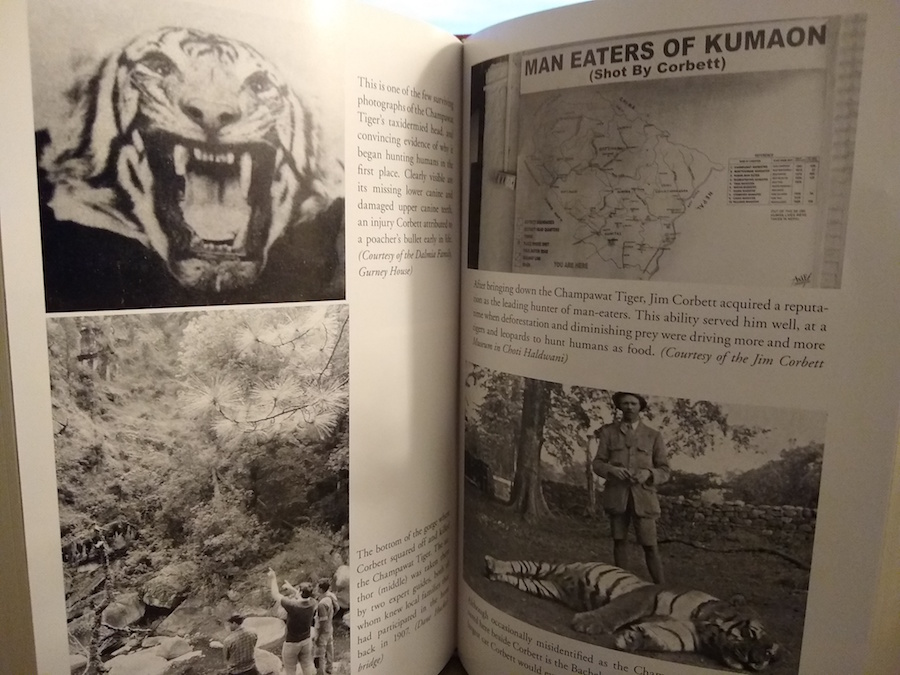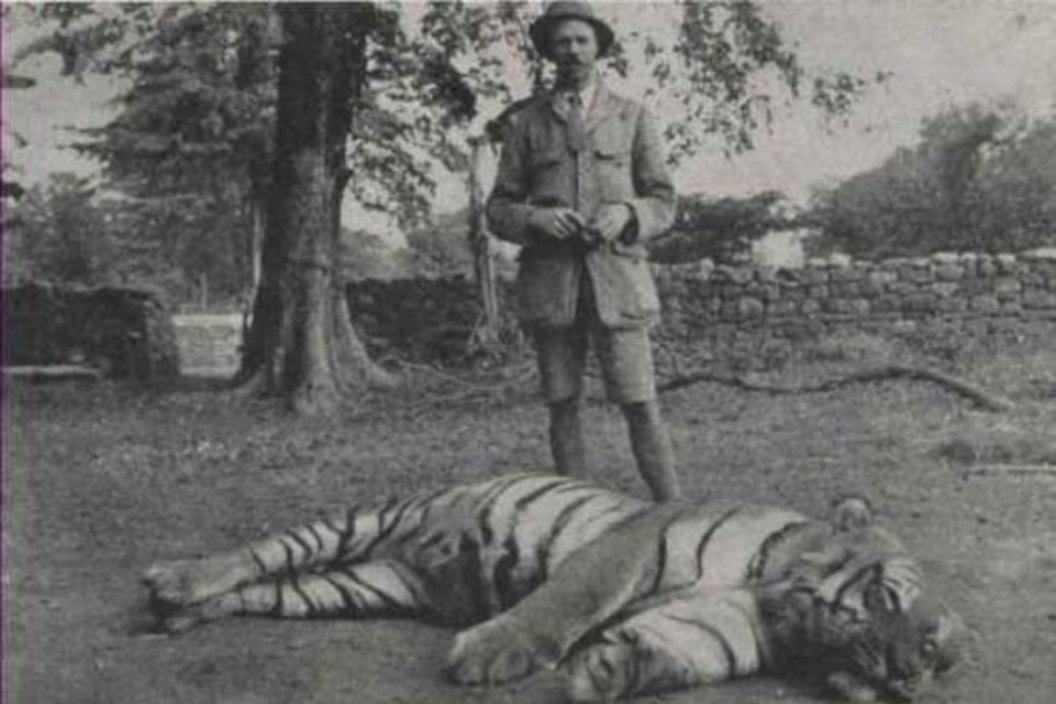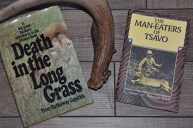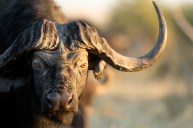Here is the life and times of one of the most humble, diminutive hunters that ever lived: Jim Corbett.
To say that Jim Corbett hunted down some of the most dangerous animals that ever lived is an understatement, but did you know that he did it almost exclusively alone?
Corbett was not, and in fact did not consider himself to be, a trophy hunter of big game animals dangerous or otherwise. He reportedly only hunted tigers or leopards if they had killed humans, and some of the animals he dispensed with had allegedly killed an amazing number of innocent people.
The native-born colonist of Irish descent started out as a simple railroad employee, raised in India in villages that made him proud to be both British and Indian (in a matter of speaking) at the same time. It was something that rang true in his writings, and he never forgot.
Besides having hunted a number of man-eating tigers and leopards in India, Corbett also held the rank of Colonel in the British Indian Army. His parents had moved to Nainital in 1862, after his father Christopher Corbett had ended his military service and been appointed as the town's postmaster.
It was important to him that he would not be looked upon as just another pompous, aristocratic big game hunter that only bagged tigers for sport, or as a freelance poacher just looking to make a few rupees along the way.
Jim Corbett wanted to make his purpose clear: he would hunt these dangerous animals on his own terms, primarily out of a sense of duty to those who he felt the closest to.
In the end, this famous hunter would have a deeper rumination about man's place and his ultimate responsibilities toward the larger chain of the natural world. That notion closely pertained to the animals he hunted, and his experiences would affect him the rest of his life.
As with so many of us in the hunting community, his mind set to the task of conservation and protection of the animals that we hunt to preserve them for future generations. While very few of us will ever have the opportunity to hunt a Bengal tiger, the fact remains that once Corbett did, he understood them like almost no other man on earth could claim.
Corbett ultimately went from celebrated hunter to principled conservationist in a life and career that spanned many decades. While Corbett successfully hunted down and ended the reigns of terror of the Panar Leopard (400 victims), the Leopard of Rudraprayag (125 victims), and the infamous Champawat Tiger (436 victims), Corbett was said to have hunted these dangerous animals alone, just as he later detailed in many of his books.
Jim Corbett's Books
Corbett was a hunter, naturalist, and conservationist of the highest order, and he wrote several notable books on the subject. Probably the most read and most popular were five of the originals written in the years after his most extraordinary hunts occurred.
- Man-Eaters of Kumaon
- My India
- The Temple Tiger and More Man-Eaters of Kumaon
- Man-eating Leopard of Rudraprayag
- Jungle Lore
Collections of his works can be found in later pressings as well.
Corbett provided estimates of the human casualties in his books, with calculated totals. Adding the numbers from all accounts, these big cats had killed more than 1,200 men, women, and children over the course of time. That is, the time before they met Corbett.
The Man-Eaters
Jim Corbett was credited for killing 31 tigers and two leopards. The first man-eating tiger that Corbett won the fight against was certainly the most infamous of them all, and the one that made Corbett a legend.
Maybe the least spoken about bit of Corbett's hunting prowess was the fact that he was a crack shot, especially with the firearms of his day. That helped in his attempt at ending the threat of the Champawat tiger.

Craig Raleigh
In the upper left hand corner of the photo is one of the only remaining pictures of the taxidermied head of the Champawat tiger. In the photo it can be seen that the tigress was missing both upper and lower canine teeth on one side, indicative, said Corbett and others, of a tiger that was shot at some point by a poacher. That encounter set the course for the tigress to find a new and easier prey to hunt.
This big cat allegedly killed some 436 human beings, and those are only the documented ones. From roughly 1900-1907, the single deadliest animal on record learned to hunt and eat humans in Nepal and the Kumaon area of India.
It's worth noting that at this time in colonial India, native Indians were not allowed by the British to possess firearms, particularly rifles. Had the natural born peoples of the region had their own hunting rifles, even the old smooth bore muskets they once had, we may have never heard of Jim Corbett.
Quoting from my copy of the book "No Beast So Fierce" by Dane Hucklebridge:
"Rather than selecting his old friend the .450 black-powder Martini-Henry rifle, or a lighter, more manageable .275, which he would come to rely on later in life, Corbett chose from his private arsenal a double-barrel .500 modified cordite rifle, swapping out conventional black-powder cartridges for their more powerful counterparts."
Basically speaking, this hybrid firearm was a modified elephant gun.
With the help of almost an entire village (and a small one at that), the Champawat tiger was finally found. In what was essentially a push (like a deer drive), the tiger had no choice but to run through a valley right into Corbett. The big caliber cordite rifle sounded off, but to Corbett's dismay, he hit the tigress too far back.
Since the man-eater was down but not out, it's contortions gave Corbett the best shot he could hope for. The second shot tore through her shoulder, most likely a kill shot, and yet the tiger still wasn't finished. Ultimately Corbett had to break cover, sprint uphill to his hunting partner and take his old hammer-style shotgun. After that, the Champawat was down for the count.
On June 9, 1918, the Rudraprayag leopard killed its first human victim. It was known in Corbett's own words as "the best-hated and most-feared animal in all India." It was said that the leopard of Rudraprayag had probably started its career as a man-eater by scavenging on the remains of people that died in the 1918 flu pandemic.
Now in his 50s, Corbett came to the hunt armed with his favorite rifle, a .275 John Rigby's, given to him as a gift for killing the Champawat man-eater in 1907. Corbett had little luck at first, including shooting one leopard that was found not to be the culprit. It's said that he even tried setting up a stand over one of the victims, but to no avail.
Finally, Corbett set up a rope seat, similar to today's tree saddles, along a trail that the leopard used often. Below it he staked a live goat. After more than a week spending long nights waiting in his perch, the leopard finally appeared and attacked the goat. Corbett quickly shot it dead.
The Conservationist
As hunters, we all understand the vital concept of a conservationist's heart, and Corbett knew it well. Though Corbett was famous for helping the small villages like Garhwal and Kumaon by ridding them of man-eaters, he was an environmentalist at the end of his life.
In the "Man-eaters of Kumaon" he said "A man-eating tiger is a tiger that has been compelled, through stress of circumstances beyond its control, to adopt a diet alien to it. The stress of circumstances is, in nine cases out of ten, wounds, and in the tenth case old age." This was the mindset of a man who understood the plight of an animal, who through no fault of its own, would be forced to deal with human beings in a new way, making life for both much more dangerous.
Even Corbett understood that hunting tigers or even leopards was a case of necessity and not something that hunters were compelled to do without good reason. Despite developing the skills of a conservationist while simultaneously being a hunter, Corbett was nonetheless left with a deep respect for the animal world.
In fact, it was because of this close quarter interaction with wildlife, that he became a good hunter and tracker like any good outdoorsman. He embarked on excursions that helped him familiarize himself with many birds and animals along the way, just as you and I liken bird watching with deer hunting.
Jim Corbett National Park
Jim Corbett National Park is unlike anything we have here in North America. In fact it's India's oldest national park, and is found inside one of the most famous wilderness areas the world over: the Jim Corbett Tiger Reserve. The area protects some 500 square miles of tiger habitat in Uttarakhand state of northern India.
It's been known under different names, and was established as Hailey National Park in 1936 then first renamed Ramganga in the mid-1950s. Later the name was changed to Corbett in memory of the famous hunter.
The Reserve is located partly along a valley between the Lesser Himalayas in the north and the Shivalik hills in the south near the country's border with Nepal.
The park and the reserve are home to over 200 wild Royal Bengal tigers, and in recent years the animal's numbers have risen. India's first National Park is the first line of defense for the endangered Bengal tiger species, serving as a wildlife sanctuary. Sightings of Bengal tigers, although plentiful during jungle safari excursions, are not easy due to the abundance of thick foliage in the reserve.
Himalayan black bears and leopards are residents of the park as well, although in fewer numbers. In 2008, the National Conservation Tiger Authority (NCTA) expressed concern that the reserve's protection systems had weakened, and that poachers were again infiltrating into the park.
As late as February, 2014, nine nearby villagers are reported to have been killed by tigers originating from Jim Corbett National Park giving park managers more problems to deal with. Now with tiger populations on the rise and the onset of more and more human development, the future of the Royal Bengal tiger is still in question even as the population does well.
In reflection, James Corbett was known as a legendary hunter because his prowess as a tracker and with a firearm made him a mythical figure in the annals of hunting. Learning about his life experience is a must for any outdoorsman or woman.
Looking for a little more or even hot lunch for your hunting blind? Follow my webpage, or on Facebook and Twitter.
NEXT: 5 THINGS YOU WANT NEW HUNTERS TO TAKE AWAY FROM THE EXPERIENCE
WATCH






